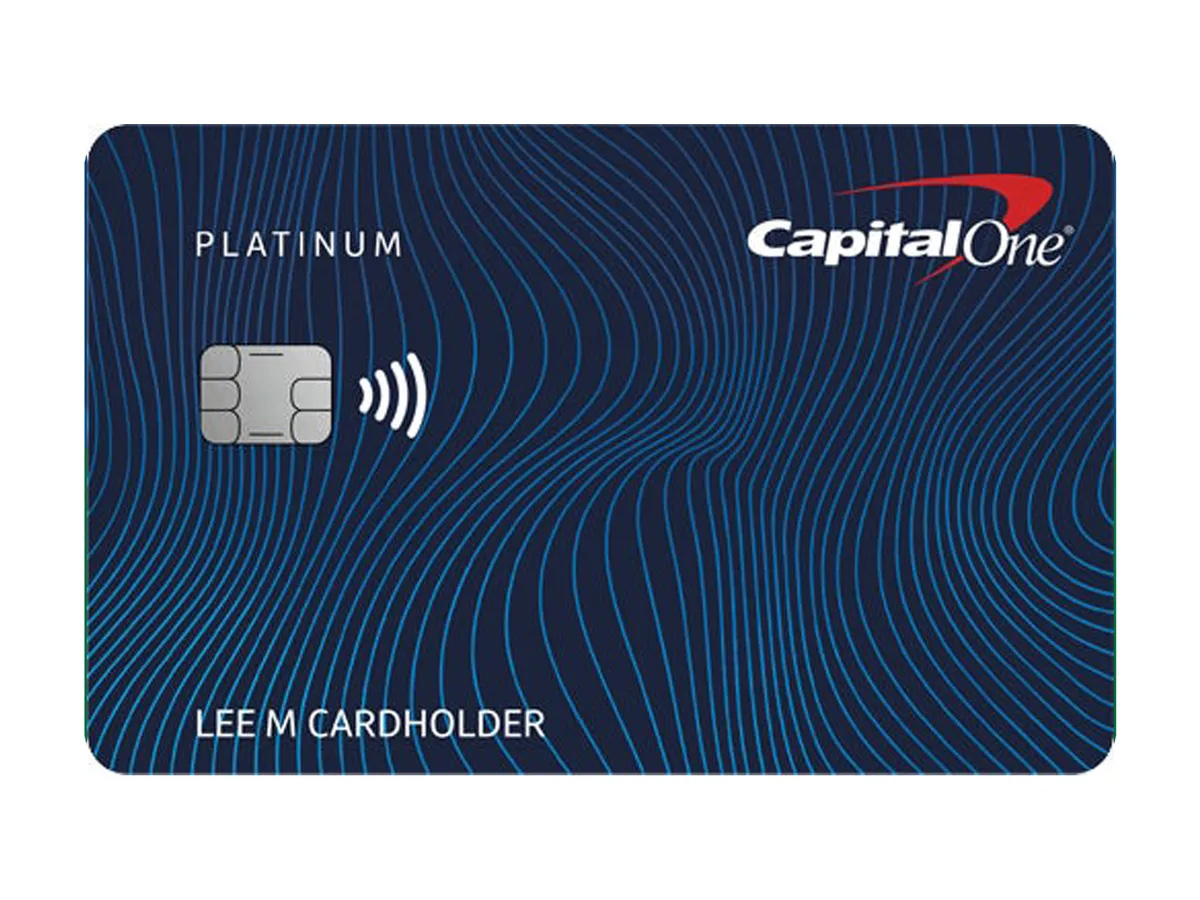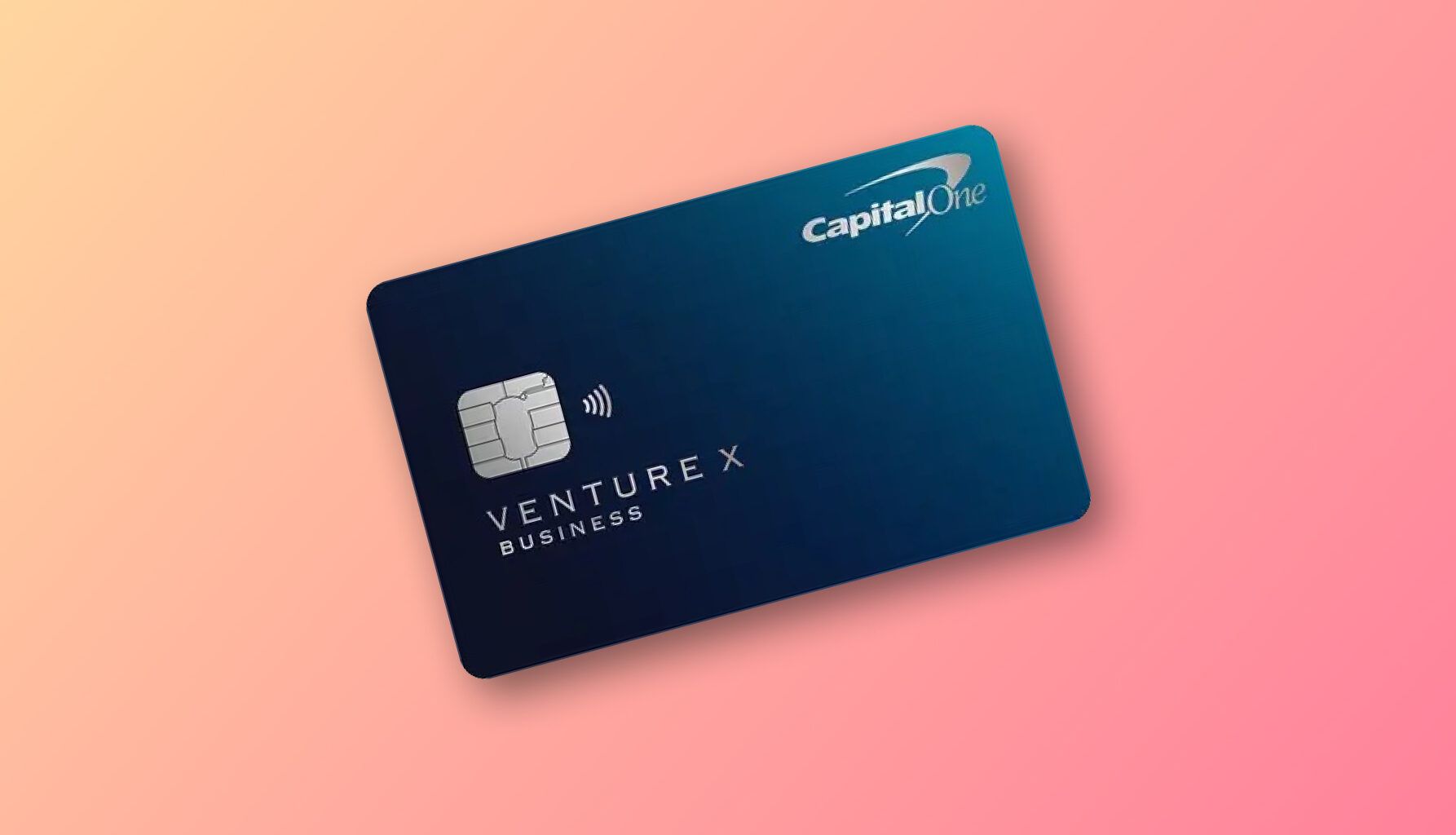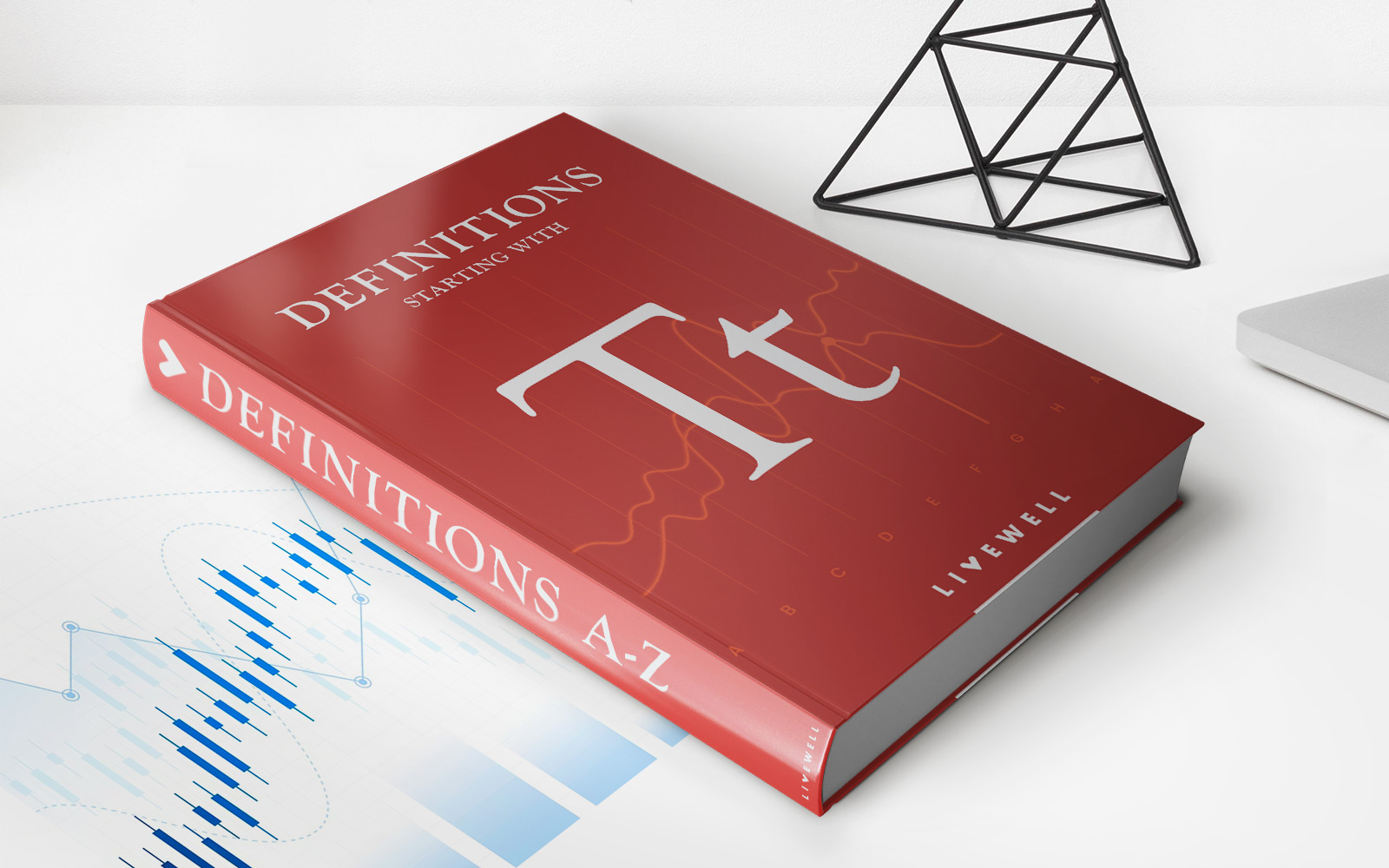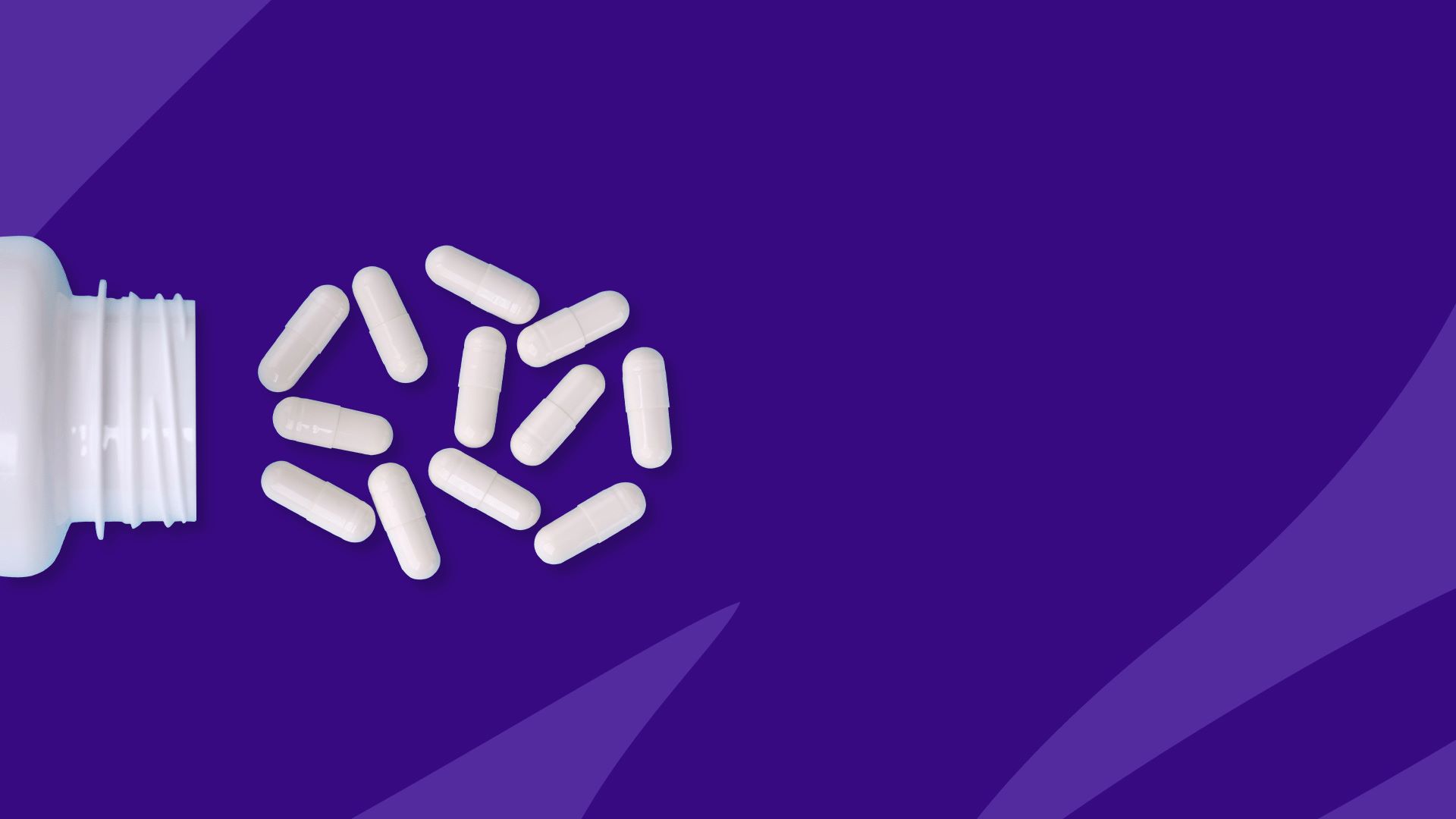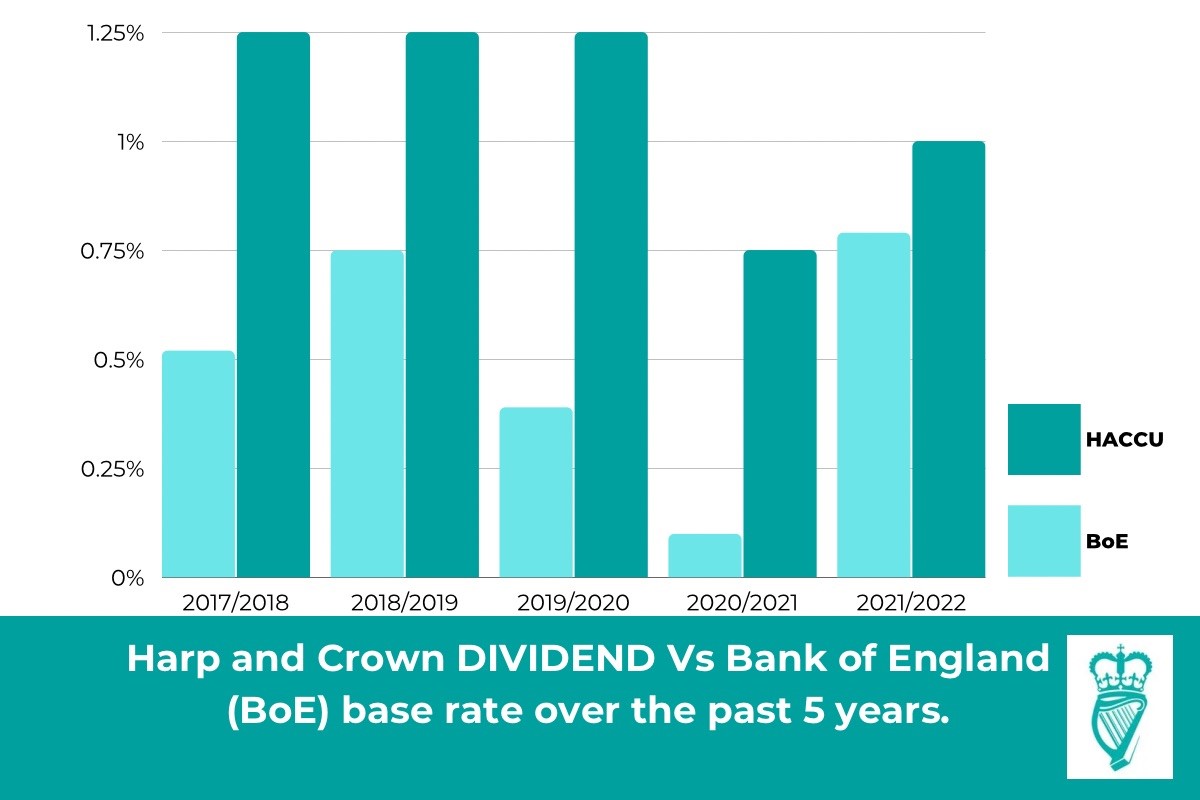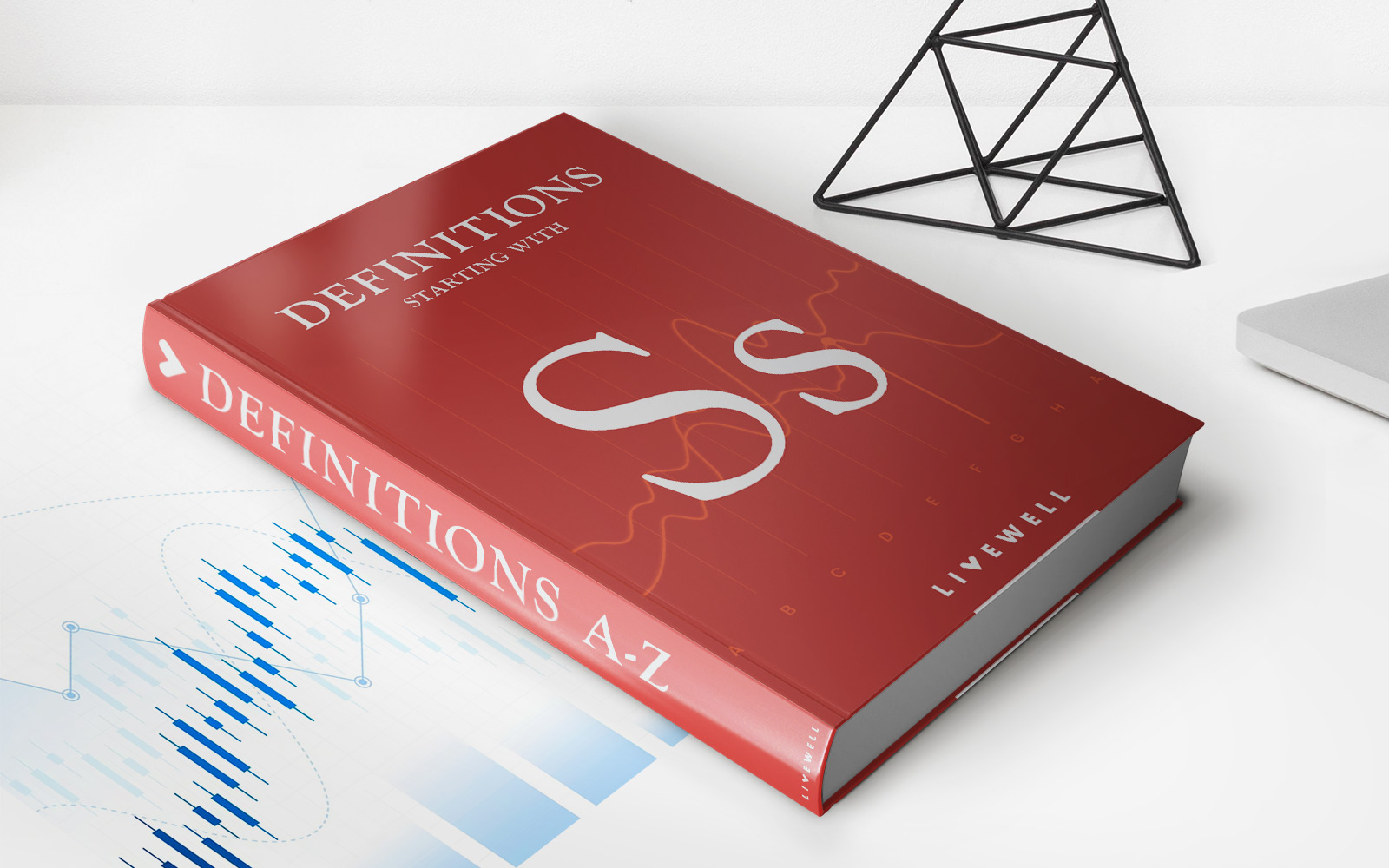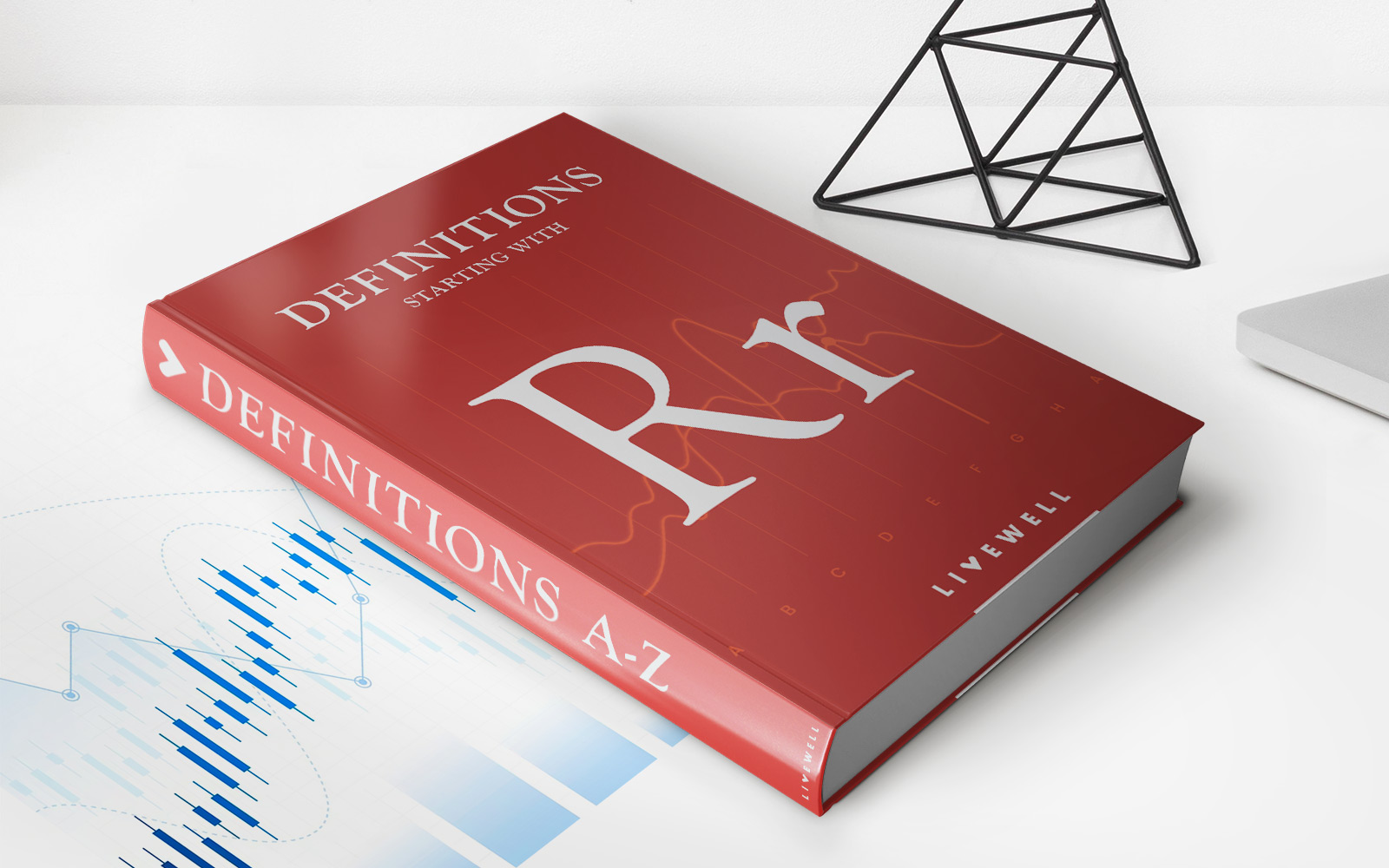Home>Finance>What Is Minimum Payment On Capital One Platinum Credit Card
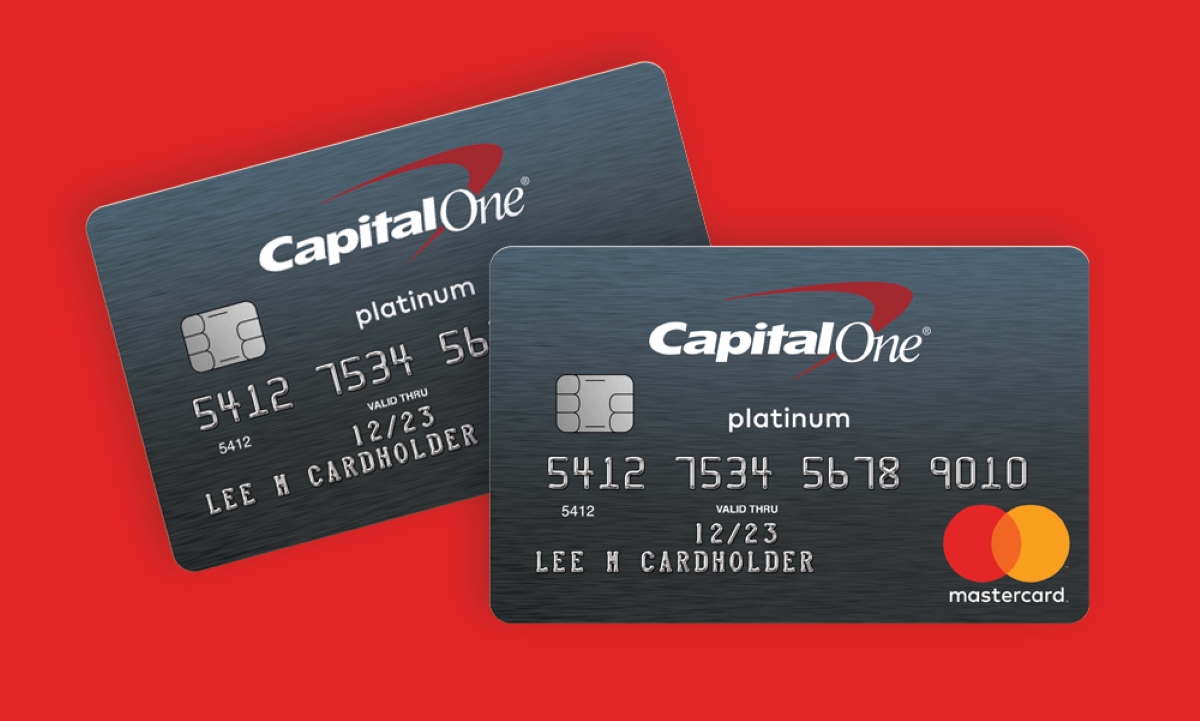

Finance
What Is Minimum Payment On Capital One Platinum Credit Card
Published: February 26, 2024
Learn about the minimum payment on Capital One Platinum Credit Card and how it impacts your finances. Find out more about managing your credit card payments.
(Many of the links in this article redirect to a specific reviewed product. Your purchase of these products through affiliate links helps to generate commission for LiveWell, at no extra cost. Learn more)
Table of Contents
Introduction
Welcome to the world of credit cards, where convenience meets responsibility. Credit cards offer incredible purchasing power and the flexibility to manage expenses, but they also come with the crucial responsibility of managing repayments. One of the key aspects of credit card management is understanding the concept of minimum payments. In this article, we’ll delve into the intricacies of minimum payments, particularly focusing on the Capital One Platinum Credit Card.
As a credit cardholder, it’s essential to comprehend the significance of making more than just the minimum payment each month. By understanding how minimum payments are calculated and the implications of paying only the minimum, you can make informed decisions about managing your credit card debt. Additionally, we’ll explore effective strategies for paying off credit card debt to help you take control of your financial well-being.
Whether you’re a new credit cardholder or looking to gain a deeper understanding of minimum payments, this article will provide valuable insights into the world of credit card management and debt repayment. Let’s embark on this journey to unravel the nuances of minimum payments and empower you to make informed financial decisions.
Understanding Minimum Payments
Minimum payments represent the smallest amount a credit cardholder must pay each month to keep the account in good standing. This fundamental aspect of credit card management is designed to ensure that cardholders fulfill their repayment obligations, albeit at a minimal level. While making the minimum payment by the due date prevents late fees and maintains the account in good standing, it’s essential to recognize that paying only the minimum can lead to long-term debt and substantial interest charges.
When it comes to the Capital One Platinum Credit Card, understanding the specifics of minimum payments is crucial for responsible financial management. By comprehending the factors that influence minimum payments, cardholders can make informed decisions about their repayment strategy. It’s important to note that minimum payments are typically calculated as a percentage of the outstanding balance, with a minimum dollar amount specified by the credit card issuer. This means that as the balance fluctuates, the minimum payment amount will also vary accordingly.
Furthermore, gaining insight into the implications of paying only the minimum on a credit card can highlight the long-term financial repercussions. While it may seem convenient to make only the minimum payment, this approach can lead to prolonged debt and substantial interest accrual. By understanding the dynamics of minimum payments, cardholders can proactively manage their credit card debt and work towards financial stability.
Minimum Payment Calculation
When it comes to the Capital One Platinum Credit Card, the calculation of the minimum payment involves specific factors that determine the amount due each month. Typically, credit card issuers employ a formula that considers various elements to arrive at the minimum payment amount. While the exact calculation method may vary, it commonly involves a percentage of the outstanding balance, fees, and any accrued interest.
For instance, the minimum payment on the Capital One Platinum Credit Card might be calculated as a percentage of the total balance, often ranging from 1% to 3% of the outstanding amount. Additionally, any fees or charges incurred during the billing cycle are usually added to this calculation. It’s important to note that the credit card issuer sets a minimum dollar amount for the payment, ensuring that cardholders meet a baseline requirement regardless of the outstanding balance.
Understanding how the minimum payment is calculated empowers cardholders to make informed decisions about their repayment strategy. By recognizing the components that contribute to the minimum payment amount, individuals can assess the impact of their spending and borrowing habits on their overall financial obligations. Furthermore, gaining insight into the minimum payment calculation fosters responsible credit card management and encourages proactive debt repayment.
Impact of Paying Only the Minimum
Opting to pay only the minimum amount due on a credit card, such as the Capital One Platinum Credit Card, can have significant long-term implications on an individual’s financial well-being. While making the minimum payment ensures that the account remains in good standing and prevents late fees, it also leads to extended repayment periods and substantial interest accrual.
By paying only the minimum, cardholders may find themselves trapped in a cycle of debt, where a significant portion of their payments goes towards interest rather than reducing the principal balance. This can prolong the time it takes to pay off the debt and result in higher overall interest costs. Additionally, carrying a high balance relative to the credit limit can adversely impact the cardholder’s credit score, potentially limiting access to favorable credit terms in the future.
Understanding the impact of paying only the minimum empowers individuals to make informed decisions about their repayment strategy. By recognizing the potential long-term consequences, cardholders can strive to pay more than the minimum and expedite their journey towards debt freedom. Implementing proactive repayment measures can alleviate the burden of high-interest charges and contribute to improved financial stability.
Strategies for Paying Off Credit Card Debt
Effectively managing and ultimately paying off credit card debt is a critical step towards achieving financial freedom. When it comes to the Capital One Platinum Credit Card or any other credit card, several strategies can empower individuals to take control of their debt and work towards a debt-free future.
- Payment Beyond the Minimum: One of the most impactful strategies for paying off credit card debt is to allocate more than the minimum payment each month. By committing to paying a higher amount, cardholders can expedite the reduction of their outstanding balance and minimize the accumulation of interest.
- Debt Snowball or Avalanche Method: These popular debt repayment strategies involve prioritizing either the smallest balance (debt snowball) or the highest interest rate (debt avalanche) while making minimum payments on other accounts. This targeted approach can accelerate progress and provide a sense of accomplishment as debts are paid off one by one.
- Consolidation or Balance Transfer: Consolidating multiple credit card balances or utilizing balance transfer offers can streamline debt repayment by combining debts into a single, manageable account with potentially lower interest rates. This approach simplifies payments and may reduce overall interest costs.
- Budgeting and Expense Management: Implementing a comprehensive budget and actively managing expenses can free up additional funds to allocate towards credit card payments. By identifying areas where spending can be reduced, individuals can redirect those funds towards debt repayment.
- Seeking Professional Guidance: For individuals facing substantial credit card debt, seeking assistance from credit counseling agencies or financial advisors can provide valuable insights and personalized strategies for debt resolution.
By incorporating these strategies into their financial planning, individuals can proactively address their credit card debt and pave the way for a more secure financial future. It’s important to approach debt repayment with determination and a clear plan, leveraging these strategies to achieve tangible progress and ultimately attain freedom from credit card debt.
Conclusion
Navigating the realm of credit card management, particularly with the Capital One Platinum Credit Card, necessitates a comprehensive understanding of minimum payments and effective debt repayment strategies. By grasping the nuances of minimum payments and their impact on long-term financial well-being, cardholders can make informed decisions to proactively manage their credit card debt.
While the allure of paying only the minimum amount may offer temporary relief, it’s essential to recognize the enduring consequences of prolonged debt and substantial interest accrual. By striving to pay more than the minimum and implementing targeted repayment strategies, individuals can expedite their journey towards debt freedom and financial stability.
Empowering oneself with the knowledge of responsible credit card management and debt repayment strategies is a pivotal step towards achieving financial independence. Whether through allocating additional payments, leveraging debt repayment methods, or seeking professional guidance, individuals can take control of their financial future and work towards a life free from the burden of credit card debt.
Ultimately, by embracing proactive financial practices and informed decision-making, cardholders can pave the way for a future defined by financial security, freedom from debt, and the ability to pursue their aspirations without the constraints of credit card obligations. With a clear understanding of minimum payments and effective debt repayment strategies, individuals can embark on a path towards lasting financial well-being.



